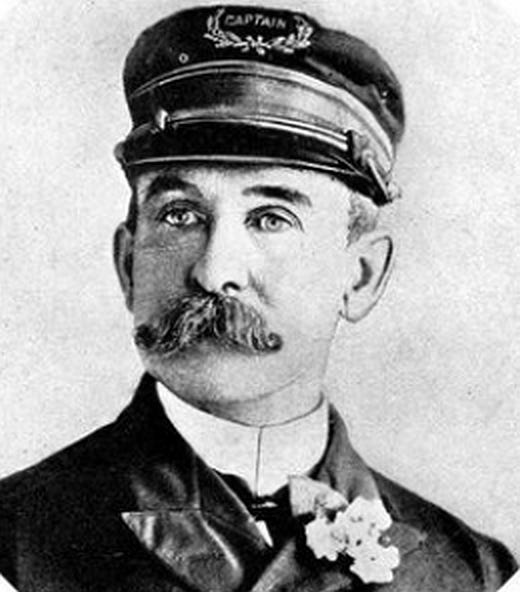The Mysteries of History (June 15 Edition)
Delaware Declares Double Independence; Easily Avoidable Riverboat Tragedy
“Those who cannot remember the past are condemned to repeat it.” — Spanish-American philosopher George Santayana, 1905
1776 — Delaware Declares Double Independence
image generated using Google Gemini
On this date in 1776, Delaware, which had formerly been the lower part of Pennsylvania, simultaneously declared its independence both from Pennsylvania, making itself a separate State, and from Britain, asserting its existence as a sovereign State rather than a colony of Britain.
In order to cast the deciding vote for this bold move, the ailing Caesar Rodney (1728-1784) rode his horse through the night, somewhat akin to Paul Revere’s “Midnight Ride.”
public domain image from wikimedia commons
Questions: Have you ever been to Delaware? Have you heard the Perry Como song Delaware? Who was the only U.S. President from Delaware? Have you heard of the Delaware Destroyers? Were they a baseball team or a rock ‘n’ blues band, or both?
1904 — More than 1,000 Drown or Burn in Riverboat Disaster
public domain image
On this date in 1904, more than 1,000 people, mostly children and teachers, lost their lives when the pleasure cruise they were taking was ruined by face-slappingly poor planning, deliberate ignorance, and questionable decision-making.
Of the 1,360 aboard the severely overcrowded General Slocum, only 359 (about one fourth of them) survived; the rest either drowned or burned to death.
According to reports, when a fire broke out in a storeroom belowdecks, a child noticed it and reported it to Captain William Van Schaik (1837-1927), but the Captain ignored the warning, telling him, basically, “go away, kid, you bother me” (specifically, “shut up and mind your own business”). Van Schaik should have made it his business to have someone investigate, but he shirked his duties.
The fire spread, and once it was obvious the ship and crew and passengers were in danger, Van Schaik eschewed heading for a dock where the passengers could have been evacuated and a fire crew could have probably been able to put out the fire without much damage, instead heading for an island to ground the vessel there. They didn’t make it, though: rather than reach the sandy beach, the General Slocum crashed on the rocks near the island’s shore.
Van Schaik, who according to naval custom should have “gone down with the ship,” was one of the survivors. He was not the only villain in the story, though: several acts of criminal (or should-have-been criminal) negligence contributed to the disaster:
The storeroom which became enflamed contained oil and excelsior (wood shavings) — an accident waiting to happen
The ship’s fire hose was nonfunctional, and it had never before been used or even tested or inspected
The lifeboats were unusable due to the ropes lashing them to the vessel being too tight to untie
The life preservers had not been filled with buoyant cork, but rather with a material that made them weighty (this has got to be one of the most evil and/or stupid decisions ever made). Predictably, the children who donned these “life preservers” sank to the bottom of the river and drowned
630 bodies were recovered. 401 passengers were unaccounted for. That left 359 survivors, among them the Captain and crew.
A few of those responsible were punished for their negligence and unconscionable decisions, but Van Schaik was the only one to be sentenced to prison. His ten year sentence was reduced to four, though, as he was released due to old age in 1908 — yet, he lived another nineteen years, until 1927!
Van Schaik was only incarcerated for approximately one day for each life lost.
If only Captain Van Schaik had listened to the observant and responsible kid who reported the fire to him, the incident would have been quickly forgotten after being resolved. The 1,031 passengers who died would have, in most cases, lived on for several more decades and possibly even made it to their picnic that day, just a little delayed. Instead, the General Slocum/Van Schaik steamboat tragedy was the deadliest disaster in the New York City area until 9/11/2001.
Questions: How could the disaster been averted? How many thing had to “go wrong” for this unspeakable tragedy to occur? Why was Van Schaik treated more like a victim than a perpetrator? Did he ever make restitution to any of his victims? What was the rest of his life like?








